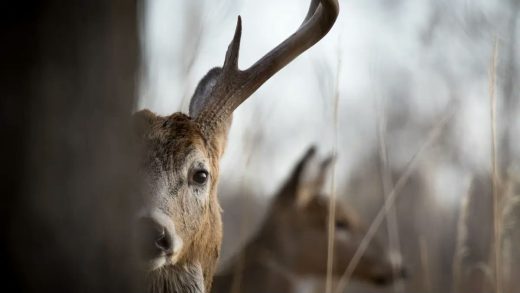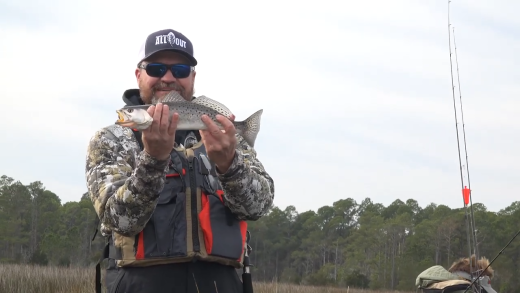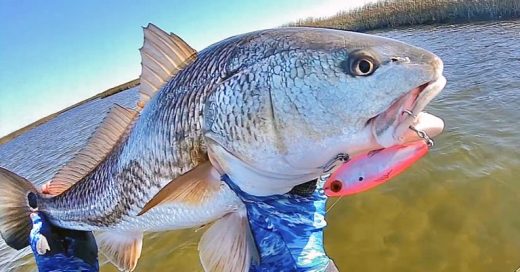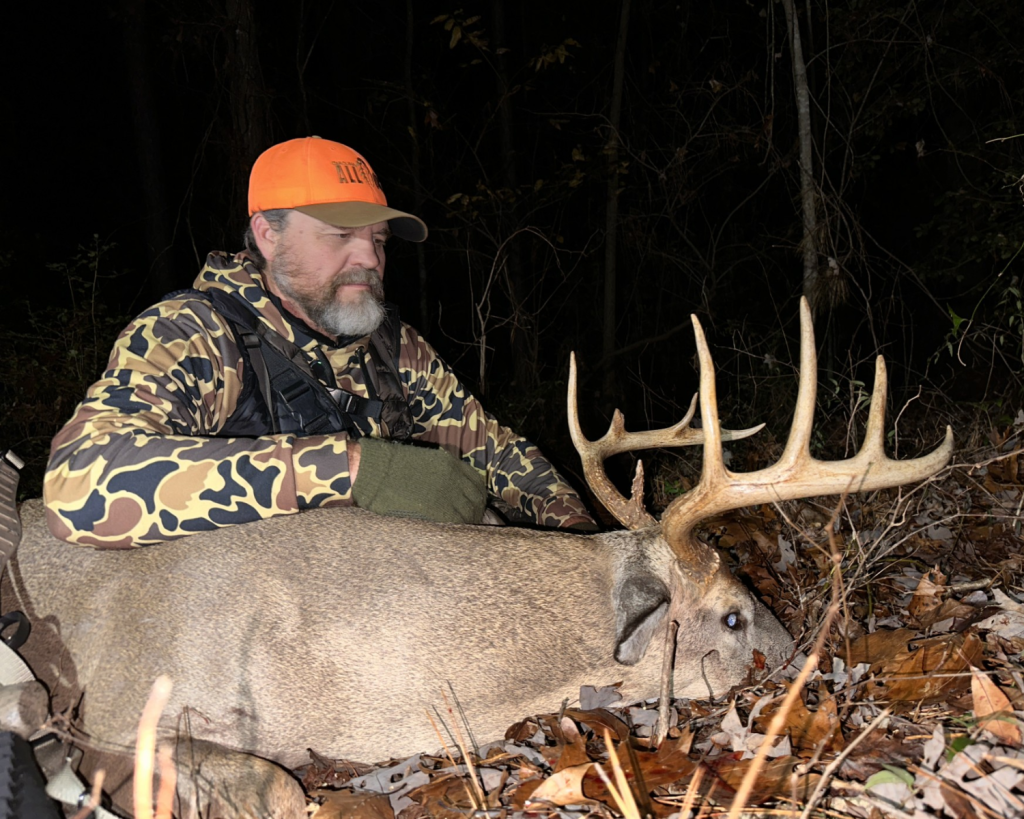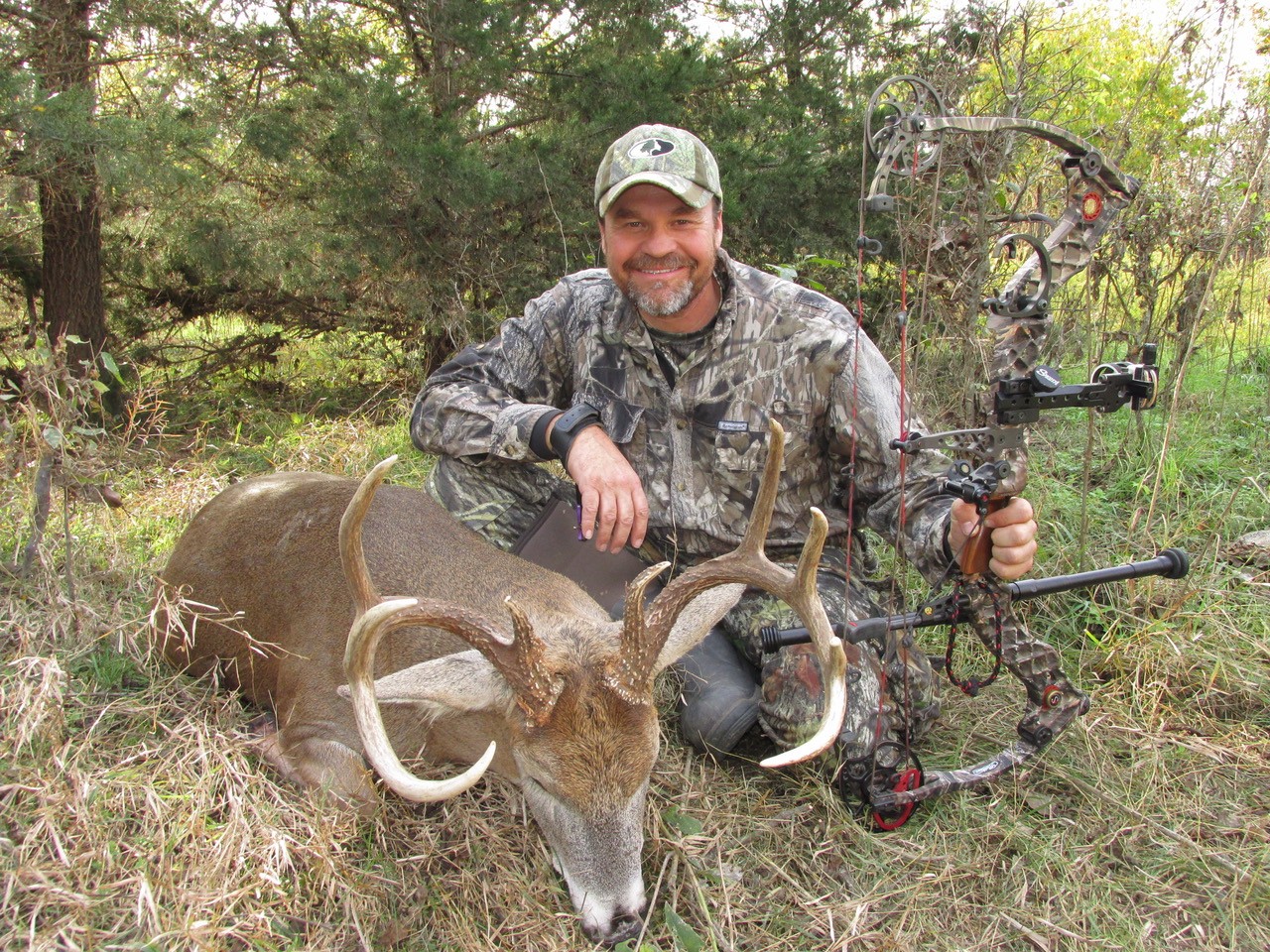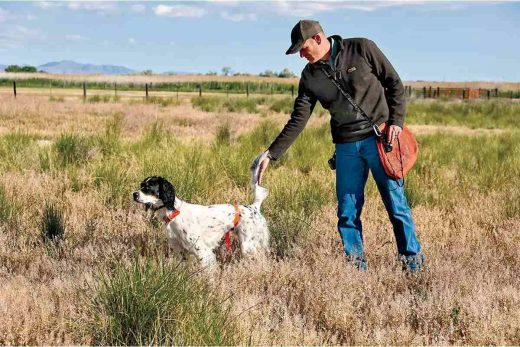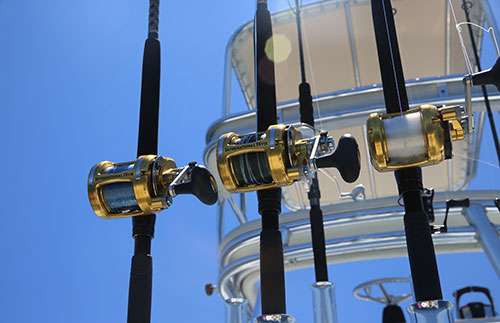The Carolinas… A Deer Hunter’s Paradise
From the Appalachian ridges of the west to the tidal marshes of the east, the Carolinas offer deer hunters something truly unique. Few places in the country combine such long seasons, varied landscapes, and strong whitetail populations with a deep-rooted hunting tradition that spans generations.
A Thriving Deer Herd
The white-tailed deer is the heartbeat of hunting in both North and South Carolina. Populations across the states are robust, thanks to decades of wildlife management, ample food sources, and favorable habitats. Hunters in South Carolina consistently harvest between 200,000–250,000 deer annually, while North Carolina’s harvest has hovered around 150,000– 175,000 in recent years. For sheer opportunity, few states in the Southeast can match those numbers.
A Season That Seems to Never End
One of the biggest advantages of hunting in the Carolinas is time. South Carolina’s deer season is one of the longest in the nation, opening in some zones as early as August 15 and stretching well into January. North Carolina’s season, though a bit shorter, still provides hunters with nearly four months of opportunity, from early September through the New Year. Add in special archery, muzzleloader, and youth hunts, and hunters have
an unmatched calendar to work with.
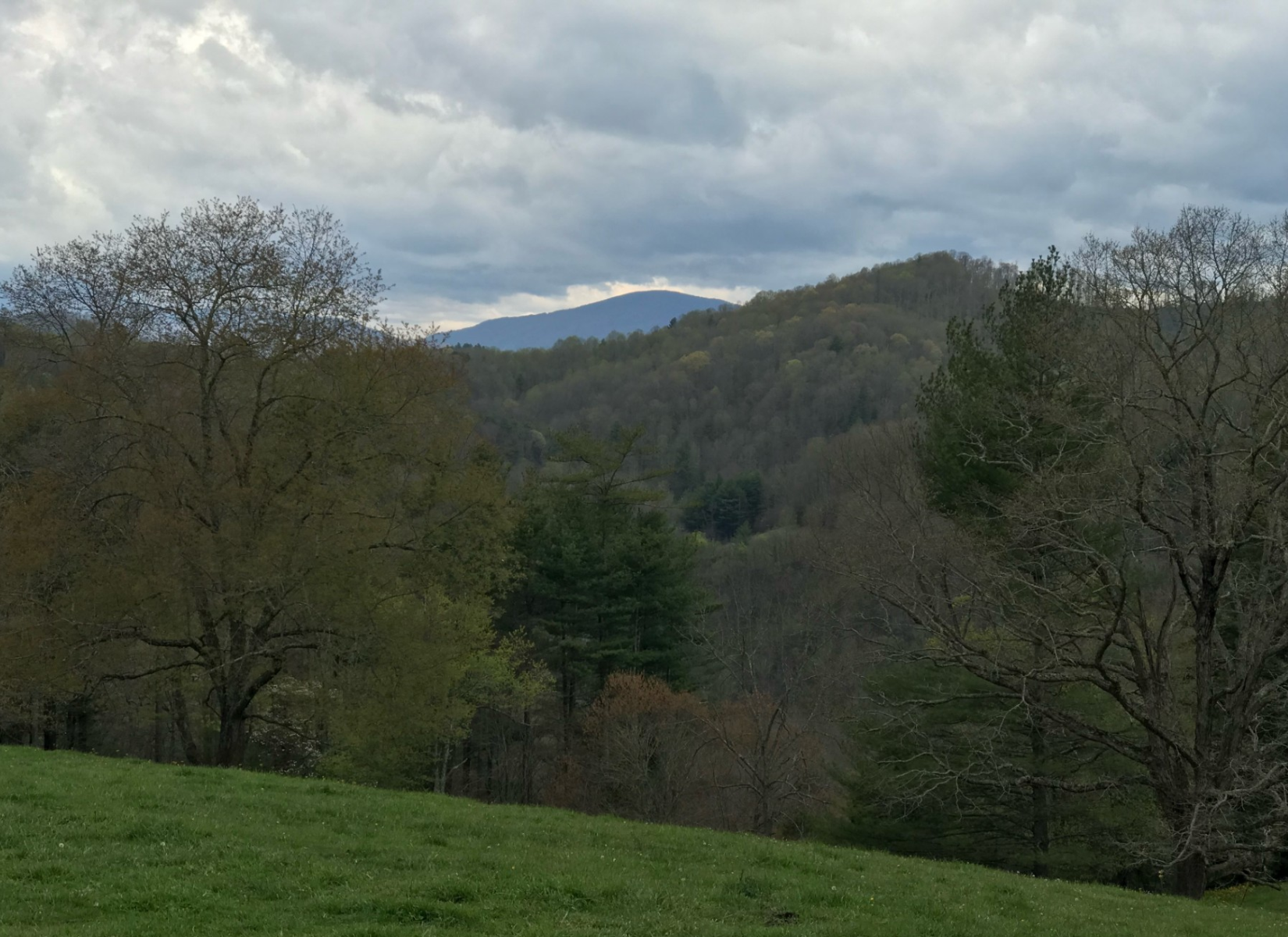
Variety in the Land, Variety in the Hunt
- The diversity of terrain across the Carolinas makes every region feel like a different hunting experience.
- The Mountains: In the Blue Ridge and Smokies, deer densities are lower, but the rewards are worth the effort. Rugged ridges, acorn flats, and rhododendron thickets make for challenging still-hunting and spot-and-stalk opportunities.
- The Piedmont: Known as the heartland of Carolina deer hunting, this region is rich in hardwood bottoms, agricultural fields, and rolling farmland. Deer densities are high, and hunters often see consistent success.
- The Coastal Plain: From the blackwater swamps to the pine savannas, this region is home to some of the biggest-bodied deer in the states. Agricultural crops like soybeans, peanuts, and corn keep the herds well-fed, and the dense cover makes for exciting hunting. Dog-driven deer hunts are still a time-honored tradition in parts of South Carolina’s coastal plain.
A Heritage Woven Into Family and Community
Hunting in the Carolinas is more than just chasing deer; it’s a cultural cornerstone. Thanksgiving hunts, passed-down stands on family farms, and annual trips to deer camp tie generations together. For many families, the opening day of rifle season is as much a holiday as Christmas or the Fourth of July. In the lowcountry of South Carolina, dog hunts are celebrated with cookouts, stories, and traditions that have lasted centuries. In the mountains of North Carolina, hunting clubs have carried on practices that date back to the 1800s.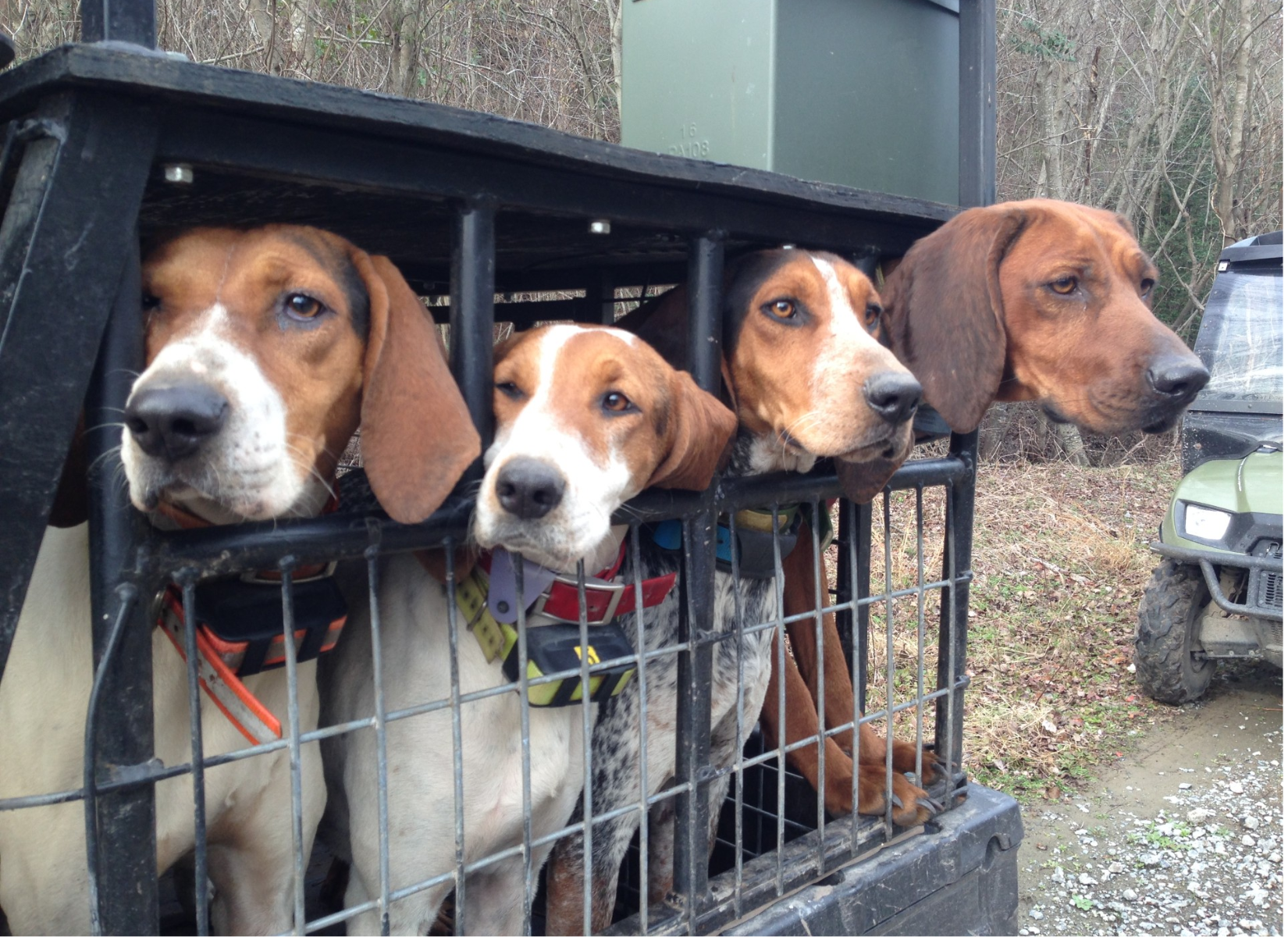
Opportunities for Every Hunter
Not everyone has access to private farmland or leases, but that doesn’t mean opportunity is limited. Millions of acres of public land are open to
hunters.
- In North Carolina, Pisgah and Nantahala National Forests provide rugged mountain hunting, while Uwharrie offers more accessible terrain in the Piedmont.
- In South Carolina, Francis Marion and Sumter National Forests stretch across the state and are open to all licensed hunters.
- Game lands managed by both state wildlife agencies further expand access, giving hunters affordable options without the need for expensive leases.
Why the Carolinas Produce Quality Deer
It’s not just the numbers that make hunting here special, it’s the quality. A combination of genetics, mild winters, diverse food sources, and low natural predation allows deer to thrive. Agricultural crops supplement natural browse, while mast-producing hardwoods provide critical nutrition during fall and winter. River bottoms and swamp systems often hold the largest bucks, with antler mass that surprises even seasoned hunters.
Why the Carolinas Produce Quality Deer
It’s not just the numbers that make hunting here special, it’s the quality. A combination of genetics, mild winters, diverse food sources, and low natural predation allows deer to thrive. Agricultural crops supplement natural browse, while mast-producing hardwoods provide critical nutrition during fall and winter. River bottoms and swamp systems often hold the largest bucks, with antler mass that surprises
even seasoned hunters.
Story By: Chris Douglas
You may be interested

Steps On Facing A Nasty Inlet
Tim Wilson - November 27, 2025The Carolina Coast has several inlets that serve as gateways to the ocean and its fishing opportunities. Some inlets are safer than others. For instance, Masonboro Inlet—located…

Top Center Console Boats In the Carolinas
Tim Wilson - November 23, 2025If you’re on the hunt for a top-tier center-console boat suitable for the Carolina coast (and even lakes), here are three standout models/brands I’d recommend , based…
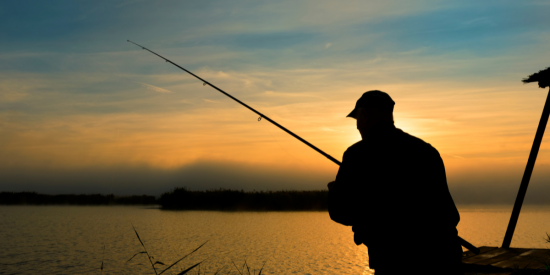
Best Tools & Apps for Monitoring Freshwater Temps
Tim Wilson - November 23, 2025A quick guide for anglers who know that water temperature is everything. Water temperature is the heartbeat of freshwater fishing. It dictates where fish hold, when they…
Most from this category
